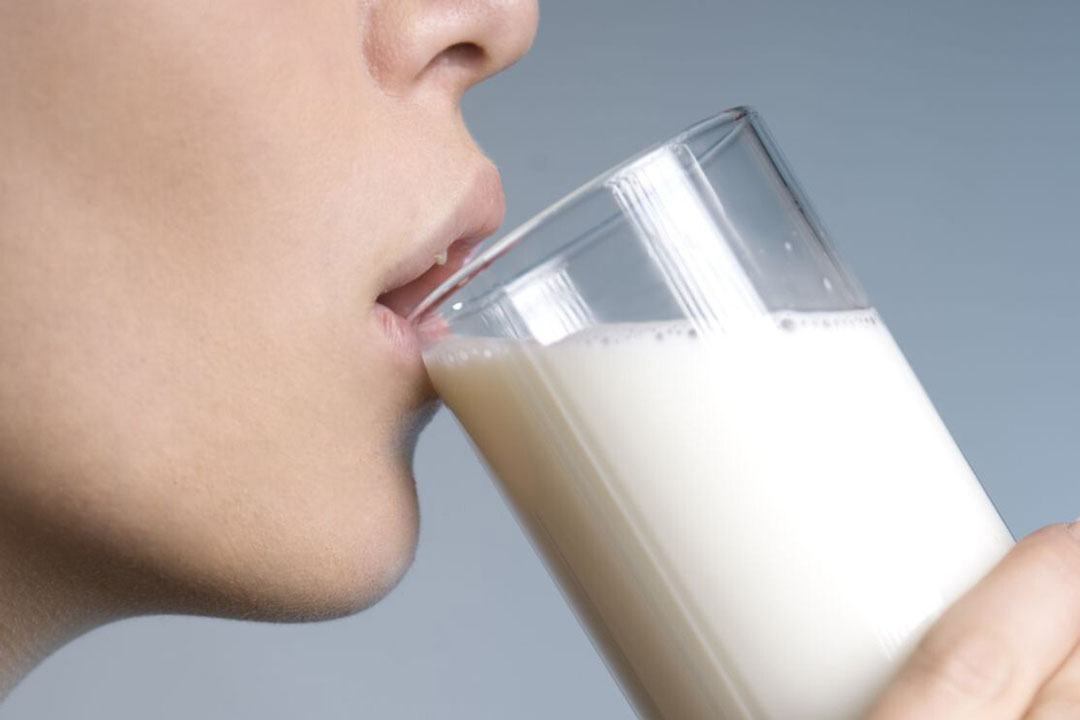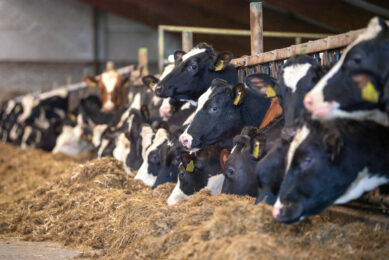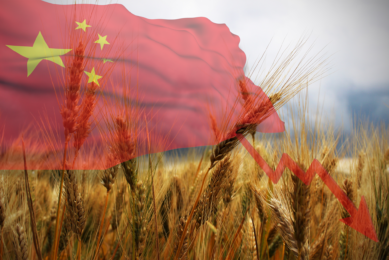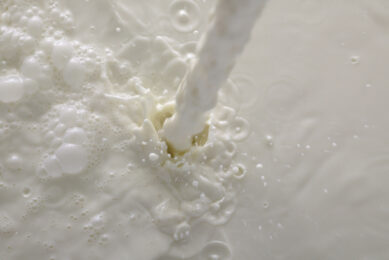Drinking milk – key category for Australian dairy

The liquid drinking milk market is of key importance to Australia’s dairy sector, according to a new Rabobank industry report. Domestic retail pricing has improved and there are opportunities for further export growth.
Australia’s liquid milk industry has struggled with a number of challenges in recent years. The big retailers in the country were discounting drinking milk. Retailers are a major pillar for Australia’s dairy sector, accounting for 30% of milk production and generating more than AUS$4 billion (US$2.67 billion) in revenue annually.
“This is important not only for revenue generation,” the report says. “But also strategically for supply chain efficiency, helping to support the Australian dairy value chain and leading to stable farmgate milk prices over multiple seasons for milk suppliers.”
Drinking milk, being a staple product in the consumer basket, will remain a large and important category for Australian milk utilisation, Rabobank expects. Australia’s domestic drinking milk market is, however, very mature with falling domestic consumption.
Analyst Michael Harvey emphasises that this is being offset by growing exports of liquid milk. “And as we begin 2023, the market is experiencing a structural increase in consumer prices across the dairy aisle, led by drinking milk in particular. This has been driven by dairy processors passing through record-high farmgate milk prices and higher supply chain costs along with tight supply due to declining Australian milk production.”
Big consumers of drinking milk
Harvey says that an extended period of industry-related disruption and low margins is slowly coming to an end in Australia. “For dairy farmers, higher consumer prices for milk and dairy products across supermarket aisles is welcome news. It will solidify the end of frustrations over the discounting of drinking milk.”
The report says that, additionally, it will ensure higher and more stable returns for the market and mitigate the potential volatility in returns in other channels – both onshore and offshore – for those with access to the drinking milk market.
Harvey points out that domestic consumption of drinking milk still has an important role to play in the industry’s profit pool. According to Dairy Australia, in the 2021-2022 season, Australians consumed more than 2.5 billion litres of drinking milk, approximately 30% of the estimated 8.554 billion litres of raw milk produced in Australia for that year with the remainder going into manufacturing of dairy products and ingredients for domestic and export markets.
Australians are big consumers of drinking milk, with per capita consumption ranking among the highest in the world. The average Australian consumes a large volume of drinking milk, ranking only behind Ireland, Finland and New Zealand according to the International Dairy Federation.
While fluid milk consumption is declining, other categories, such as cheese, continue to grow.
Domestic consumption trending lower
In 2021-2022, Australian per capita consumption of milk stood at 93 litres per person for the year. Full cream milk is ‘category king’, equating to 56% of all drinking milk sold in the country. However, the report says that the drinking milk market in Australia is extremely mature and domestic consumption is trending lower as dietary habits shift, which is a trend that is expected to continue into the medium term.
Dairy Australia figures indicate domestic milk consumption peaked in 2012-2013 at 106.7 litres per person and has since fallen by 13%. And in 2021-2022, total drinking milk consumption in Australia contracted by 1.1% or 36 million litres.
“This is not a story unique to Australia, however,” Harvey says. “In many westernised economies, consumption of drinking milk shows a similar trajectory. Cost-of-living pressures and food price inflation are also providing some near-term headwinds globally, even though the consumption of dairy, including drinking milk, is relatively inelastic.”
Other dairy categories continue to grow
According to the report, there are signs of consumers trading down, resulting in declines in drinking milk consumption in grocery retail and out-of-home sales channels. “The long-term dynamics of the drinking milk category in Australia will be difficult to reverse,” Harvey points out. “However, it’s not all bad news for domestic dairy consumption, with consumers simply consuming dairy in different forms. While fluid milk consumption is declining, other categories, such as cheese, continue to grow.”
“Singapore, the Philippines and Malaysia have been stand-out performers for Australian dairy exporters in the region…”
Export volumes of Australian drinking milk have also been growing, the report says, with the total volume exported increasing by more than 200 million litres annually over the past decade. “The Australian liquid milk export sector has continued to perform strongly in recent years, despite dwindling milk supply,” Harvey says.
In 2021-2022, Australian exported more than 380 million litres of packaged milk to offshore markets. Between 2012 and 2022, Australia’s exports of liquid milk grew by an average of 17% each year. The ‘Greater China’ markets – mainland China, Hong Kong, Macau and Taiwan – have underpinned this export growth.

Plenty of runway left for export volumes
China itself is the clear stand out. Total volumes of liquid milk to Greater China have expanded by an average of 25% each year over the past decades. And while not growing at the same pace as China, export volumes to Southeast Asia have been increasing on average by double digits over the same period.
“There has been broad-based growth across Southeast Asia, but Singapore, the Philippines and Malaysia have been stand-out performers for Australian dairy exporters in the region,” he explains.
“Looking forward, there is still plenty of runway left for export volumes in these markets, supported by positive demand and trade settings in their economies. These include an increasing appetite for sustainable nutrition, limitations in local dairy supply capacity, cost competitiveness of imported milk and consumer preferences for imported brands.”
Key to long-term export success in these markets will be the ability to grow export volumes despite limited growth in Australian milk production, while also maintaining a competitive price point, Rabobank emphasises.
Join 13,000+ subscribers
Subscribe to our newsletter to stay updated about all the need-to-know content in the dairy sector, two times a week.










